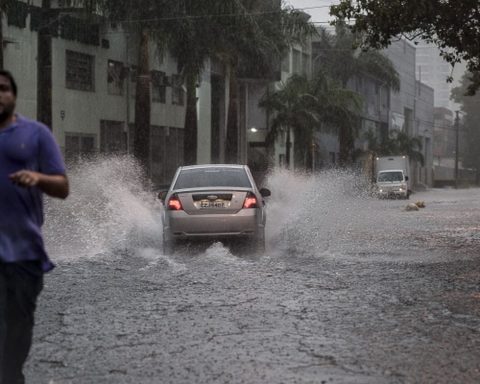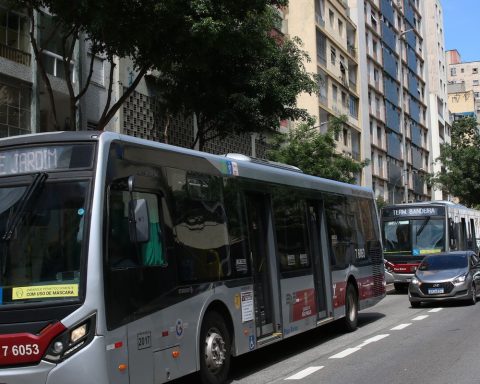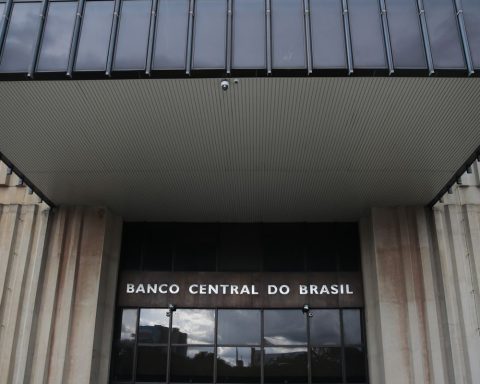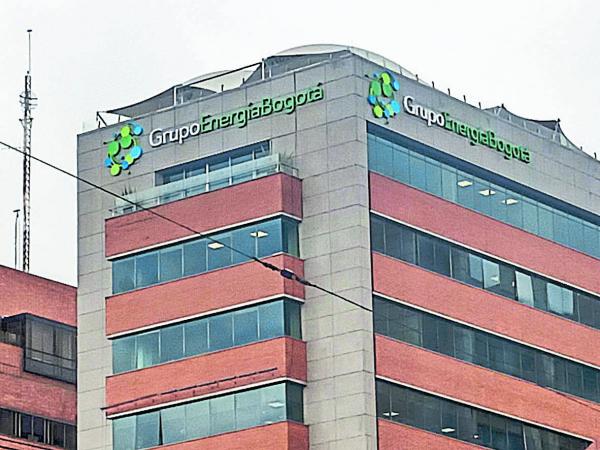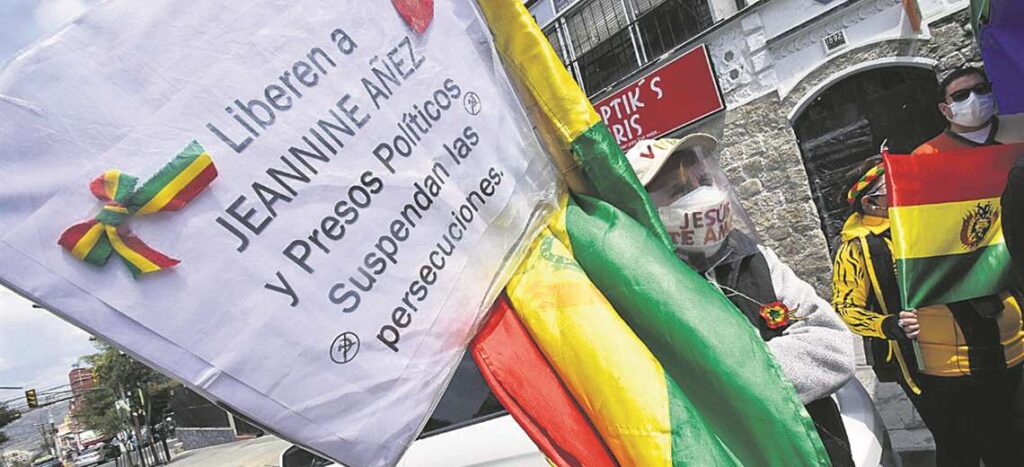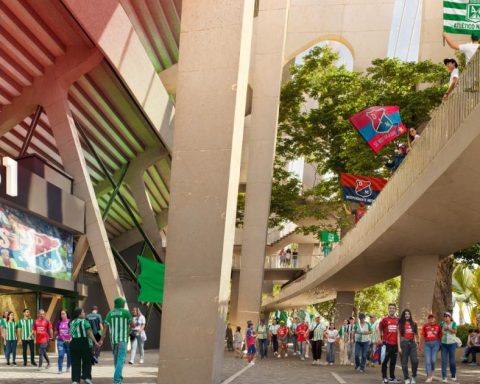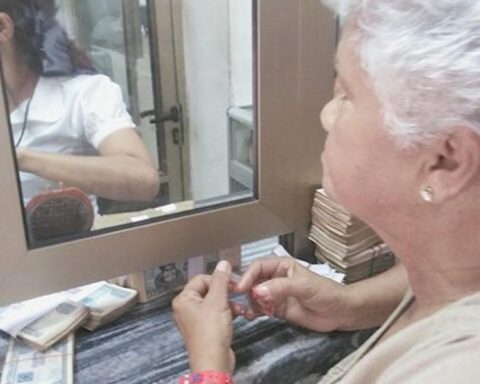The growth of the economy and the low expansion of public spending made all 27 units of the Federation close 2021 with the accounts in the black. Last year, the states and the Federal District registered a primary surplus of R$ 124.1 billion, according to the Summarized Report on Budget Execution by the states and the Federal District, released today (21) by the National Treasury.
The amount represents a growth of 91% in relation to the positive result of R$ 64.8 billion registered in 2020. The primary surplus represents the saving of resources to pay interest on the public debt.
The Treasury used budget execution data from the 27 Federation Units published in the Brazilian Public Sector Accounting and Tax Information System (Siconfi). Next Friday (25), the Central Bank (BC) will release the primary result of public accounts in 2021. differences in relation to those of Siconfi because the monetary authority uses a different methodology from that of the National Treasury.
comparisons
In absolute terms, the largest state primary surpluses were obtained in São Paulo (R$ 41.9 billion) and Rio de Janeiro (R$ 14.8 billion). In comparison with net current revenue (RCL), however, the best performances were registered in Mato Grosso, with a surplus of 23% in relation to NCR, and São Paulo (21%).
According to the National Treasury, two factors contributed to the growth of the primary surplus of the Federation units in 2021. The first was the recovery of the economy, which contributed to the increase in collection, mainly from the Tax on the Circulation of Goods and Services (ICMS) , a tax administered by the states and the Federal District and levied on consumption.
The second factor was the freezing of expenses with the civil service, which was in force for a year and a half, from June 2020 to December 2021. The measure was demanded as a counterpart by the Ministry of Economy in exchange for aid of about R$ 60 billion that helped local governments in the fight against the new coronavirus pandemic.
income and expenses
In relation to net current revenues, the highest percentage increases in 2021 were observed in Rio de Janeiro (+36%) and Roraima (+21%). The state that registered the greatest growth in revenue was Piauí, with only 1% increase.
As for current expenses, Rio de Janeiro and Roraima were also the states that had the greatest increase, 19% and 27%, respectively. Espírito Santo was the state that most contained the growth in spending, with an increase of less than 1% compared to 2021 compared to 2020.
Last year, Mato Grosso had the highest current savings, managing to save 28% of the RCL to make investments (such as public works). In second place came Alagoas and Espírito Santo, with 24% each. Indebtedness indicators, however, had mixed performance. Last year, Tocantins (-11%) and Mato Grosso (-8%) showed the largest reductions in consolidated debt. The indicator, however, grew 37% in Piauí and 31% in Amapá.
New Panel
In addition to releasing the Summarized Report on Budget Execution (RREO) for the states and the Federal District, the National Treasury today launched a panel of state accounts. THE page RREO in Focus States + Federal District is live on the Tesouro Transparente portal and will allow consultations and research from 2015. The panel will be updated every two months, based on information provided by the states and the Federal District.

